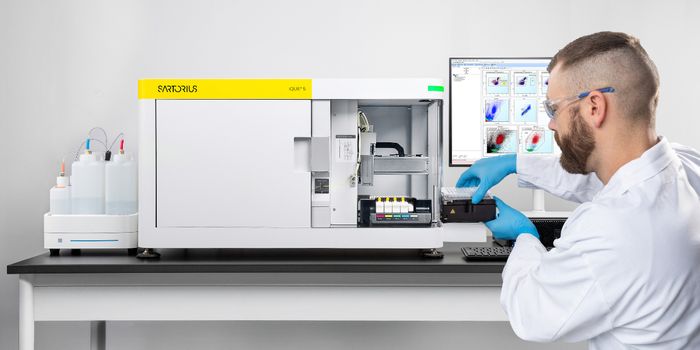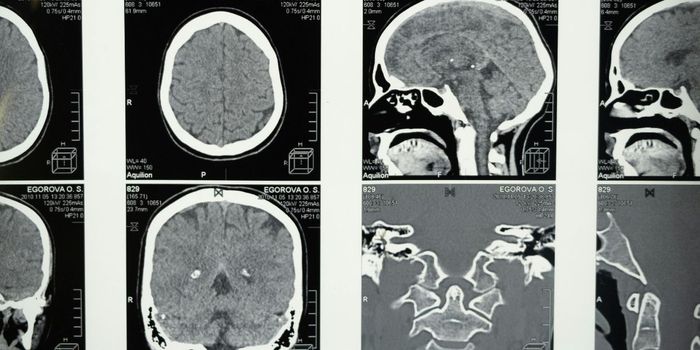MicroRNA as a New Way to Test for Lung Cancer
The most common, and most deadly, cancer across the world is lung cancer. If caught early, lung cancer has quite a low mortality rate. Unfortunately, most symptoms appear only in the late stages, when mortality rates begin to increase dramatically. The most common treatment in current use is a CT test, or computer topography test, which brought down mortality rates by 20% when undergone by high-risk patients. A new test would be needed to try and catch lung cancer earlier.
One of the avenues that is being studied for such a diagnostic tool is looking at micro RNAs, or miRNA, in a patient’s blood. A miRNA is a small RNA strand around 20 nucleotides long. This RNA has been shown to regulate gene activity and to be quite stable. Due to its stability, it can even be measured in whole blood or plasma serum. Cancer regulates these miRNAs in a different way than normal, so it stood to reason that a diagnostic test might be able to utilize these in order to diagnose lung cancer. A group based out of Tokyo decided to conduct a comprehensive screen of patient plasma serum to see if they could identify a way to use miRNAs to diagnose lung cancer.
To begin, a large population of both cancer positive and non-cancer plasma serum was collected form the National Cancer Center Biobank, and the Yokohama Minoru Clinic in Japan. This population was then narrowed down, excluding those who previously had other cancers, lack of enough patient information, and other qualifiers. The ending populations were split into two groups, around 208 cancer, and 208 non-cancer serums in the discovery set. The rest, approximately 1400 cancer and 2000 non-cancer serums, were separated into a validation group.
Screening for 2588 miRNAs in the discovery group, 406 miRNAs were shown to be specific for the cancer group. From these, the group tried to identify miRNAs with high sensitivity and specificity. They identified three out of the 406. One miRNA, miR-17-3p, proved to be effective to a sensitivity of 93.5%, and a specificity of 88.5%. The other two, miR-1268b and miR-6075, had a sensitivity of 95% and near perfect specificity of 99% when acting as a pair.
Considering the miRNA pair gave the best results, it was tested for its ability to diagnose lung cancer patients with lung cancer at various stages. The group found that the pair had a performance above 90% at detecting lung cancer at every stage of progression. Unfortunately, all three miRNAs proved ineffective in detecting lung cancer in post-op patients.
Previous research had pointed out miRNAs as a possible diagnostic tool for various cancers, with all three primary hits from this paper appearing in other papers, as well as being linked to other cancers. This screen proved to have a much higher diagnostic accuracy by comparison to previous attempts, given its large sample size of both patients and miRNAs. The group concludes “The high sensitivity and specificity demonstrated by our results indicate the potential efficacy of this model in improving the early detection of resectable lung cancer, thereby reducing mortality and the use of unnecessary diagnostic procedures.”. Soon, this method might result in a quick and easy test for lung cancer, before it progresses into late stages, saving lives across the globe.










